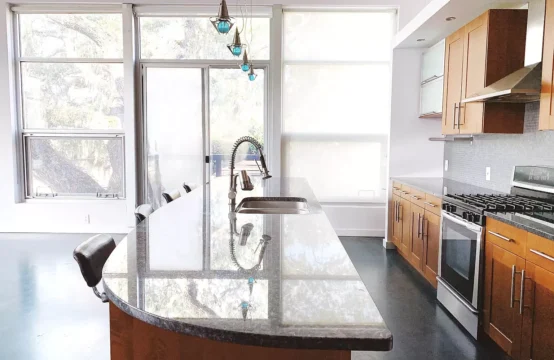Home sales are expected to stay on an uptrend through 2012, although the performance will be uneven with mortgage constraints weighing on the market, according to experts at a residential real estate forum today at the REALTORS® Midyear Legislative Meetings & Trade Expo here.
Lawrence Yun, NAR chief economist, said existing-home sales have been underperforming by historical standards and will rise gradually but unevenly. “If we just hold at the first-quarter sales pace of 5.1 million, sales this year would rise 4 percent, but the remainder of the year looks better,” Yun said. “We expect 5.3 million existing-home sales this year, up from 4.9 million in 2010, with additional gains in 2012 to about 5.6 million — that’s a sustainable level given the size of our population.”
Mortgage interest rates should rise gradually to 5.5 percent by the end of the year and average 6.0 percent in 2012 — still relatively affordable by historic standards.
“A huge volume of cash sales, supported by the recovery in the stock market, show that smart money is chasing real estate. This implies that there could be a sizeable pent-up demand if mortgages become more readily accessible for qualified buyers,” Yun said. “The problem isn’t with interest rates, but with the continuation of unnecessarily tight credit standards that are keeping many creditworthy buyers from getting a loan despite extraordinarily low default rates over the past two years.”
Yun said that if credit requirements returned to normal, safe standards, home sales would be 15 to 20 percent higher. He added that some parents are buying homes with cash for their children, and offering them loans which provide better returns than bank accounts or CDs.
Yun projects the Gross Domestic Product to grow 2.5 percent this year and 2.7 percent in 2012, adding 1.5 million to 2 million jobs yearly over the next two years. The unemployment rate should decline to 8.8 percent by the end of 2011 and average 8.6 percent next year, returning to a normal level of 6 percent around 2015.
Housing starts are forecast to rise but remain below long-term trends, reaching 603,000 in 2011, up from 595,000 last year, and continue growing to 908,000 in 2012. New-home sales are seen at a record low 320,000 this year, rising to 487,000 in 2012. “A recovery in new homes will be slow because of the extra price discount in the existing home market,” Yun noted. In March, the typical new single-family home cost $53,300 more than an existing home.
Inflation appears to be relatively modest for now, with the Consumer Price Index rising 2.9 percent this year. “We’ll be closely watching the impact of fuel costs on consumer spending and inflation — that would slow economic growth, job creation and home sales,” Yun said.
Apartment rents are trending up, and are likely to rise at faster rates as vacancies decline. Following the correction in home prices, it has now become more affordable to buy in most of the country. “Twice as many renters had enough income to buy a home in 2010 in comparison with 2005, so we have a much larger pool of financially qualified renters,” Yun said. “Rising rents and excellent housing affordability conditions will encourage potential buyers who’ve been on the sidelines.”
Yun expects the median existing-home price to remain near $170,000 over the next two years, which would mark four consecutive years of essentially no meaningful price change.
Frank Nothaft, chief economist at Freddie Mac, holds similar views on the outlook. “Economic activity will accelerate this year — there will be no double dip in the economy,” he said. Nothaft is more optimistic on job growth, expecting 2.0 million to 2.5 million jobs created in 2011 with unemployment dropping to 8.4 percent by the end of the year.
Nothaft expects the 30-year fixed-rate mortgage to trend up to 5.25 percent by the end of the year, and for home sales to rise 5 percent. “National home price indices are close to a bottom and prices are likely to bottom sometime this year,” he said.
Refinancing activity in 2011 will be only half of what it was last year. “As a result, banks may become more willing to lend to home buyers,” Nothaft said.
The National Association of REALTORS®, “The Voice for Real Estate,” is America’s largest trade association, representing 1.1 million members involved in all aspects of the residential and commercial real estate industries.

